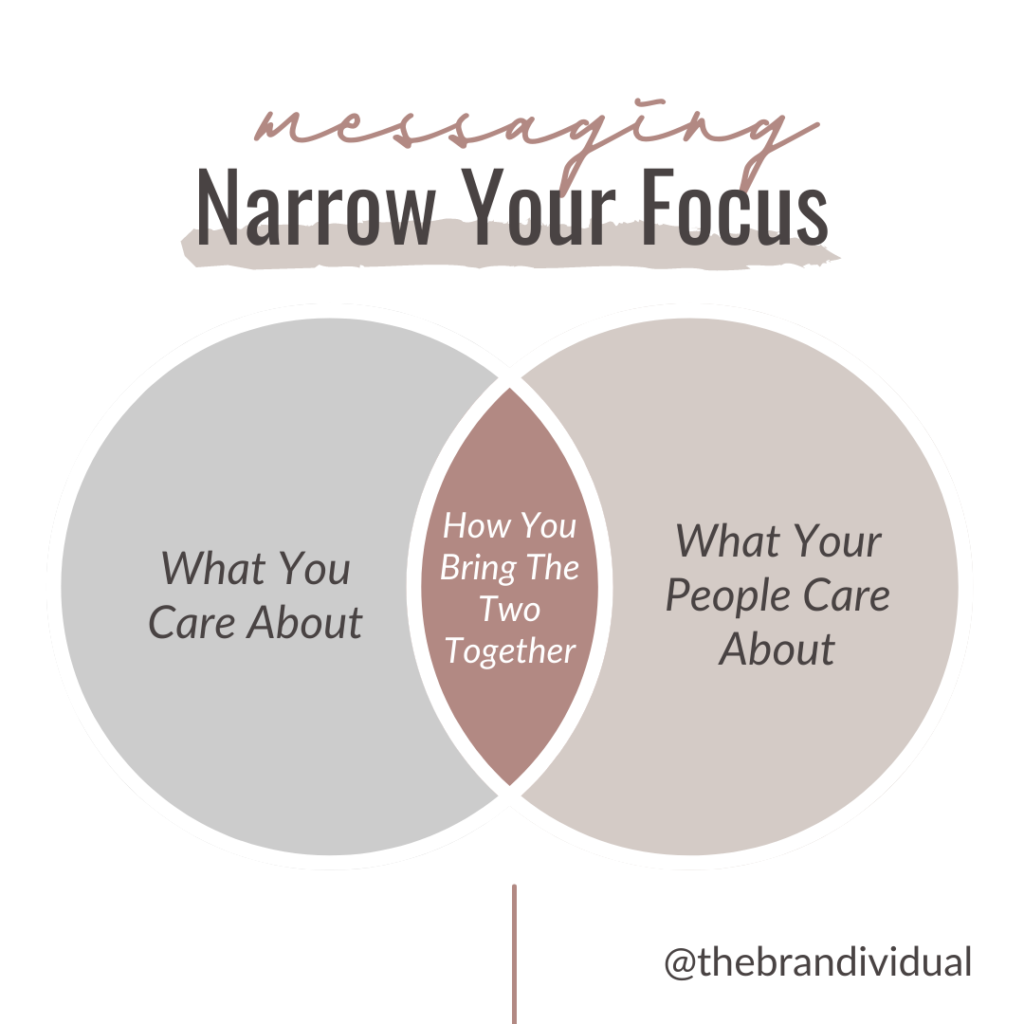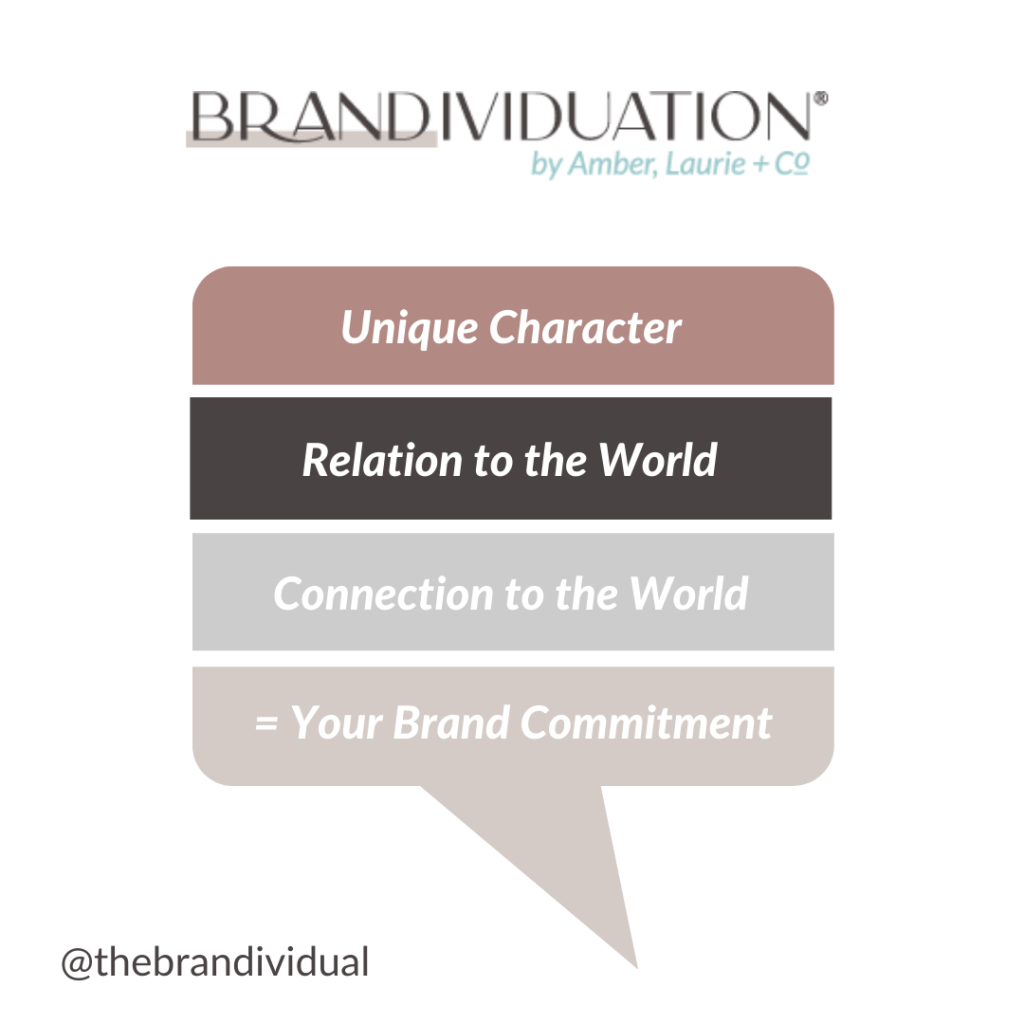Knowing how to approach brand strategy for your business or organization can feel like an overwhelming project. But, it doesn’t have to be. With the right approach, strategy, and support, you can develop a blueprint that will help you truly represent your brand as it is to the world and attract the perfect ideal audience members.
Before we start talking about how to develop your brand, let’s clear up some confusion around what brand strategy really is.
What Are Branding Strategies?
Almost anyone can put a logo together. There are plenty of sites, templates, and programs that make it easy to create one. But, since a logo is not what your brand is, it’s going to take more than that to intentionally put out an image that truly reflects your mission and values, while also being well positioned to attract your best-fit clients and customers within your target market.

For that reason, branding, both in the initial development and ongoing activations of the brand, must be highly strategic. Strategies that consider the target market identities, competitor landscape, differentiation of the brand itself, social and cultural climate, and every interaction between the brand and the world are those that will help brands stand at the forefront and win over the hearts of their ideal audience members.
Why Branding Strategy Is Important
Without strategic brand development and activation, your value, how you’re different, the unique way you can solve problems, and attractive qualities are unclear to your target market. They will not be able to see what is relevant to them or why they should care. It won’t be obvious to them you can help them in a way nobody else can. Often, when brands don’t apply strategy to their branding, they are left competing on less ideal qualifiers, like price. Then, they are left racing to the bottom and struggle to meet revenue goals.
Additionally, brands have to be clear about what they care about and stand for. It’s not enough to simply exist in the world as a business or organization. Interactions and presentation to the world through messages, images, values, missions, statements, and more help the audience make a decisive assumption in regards to what your business stands for. Further, the things your brand doesn’t talk about or represent tell your audience a lot about what you stand for, too.

We’ve seen the effects of brand strategy (or the lack of) especially clear this year when organizations chose how to respond (or not respond) to things like the pandemic or anti-racism movement. Brands have left a mark, either in a positive or negative way, for their audiences based on how they chose to carry themselves and communicate during these periods.
We’ve seen the effects of brand strategy (or the lack of) especially clear this year when organizations chose how to respond (or not respond) to things like the pandemic or anti-racism movement. Brands have left a mark, either in a positive or negative way, for their audiences based on how they chose to carry themselves and communicate during these periods.
What Should A Brand Strategy Include?
When you’re embarking on a brand or rebrand development, there are some key factors you should include in the strategy.

Unique Character: The personality of your brand, what it represents, and why it exists
Relation To The World:
The connection points between your brand’s identity and the identities of your ideal audience members
Connection To The World: The symbols, messages, and platforms that bring your audience and your brand together
Brand Strategy Examples
When Brandividuation was birthed into existence, we knew that it was so unique and different that it would be tricky to help people see the value at first. Especially since people were used to looking for someone to create a logo or build a new site, without realizing how important the strategy was first.
So, we decided that it was time to go through the full branding process. First, I did a full Brandividuation for my own business. Client interviews, surveys, a competitor analysis, a SWOT of my messaging, visual exploration, and analysis on all gathered data was performed.

A Brandividuation guideline, with core messaging, character, brand story, and audience personas was developed. Then, we got to work on activations with a newly refreshed logo, new brand photography, new copy, a one-page site, new pricing and process guide, and updated CRM system. Next, Laurie refreshed business cards, one-page sell sheets, and lead magnets.
Finally, we updated social media templates and new offer pages.
The result of our own brand strategy is a brand that more accurately reflects the value it offers, the audience it serves, and the results it can help people get.
We have also done this brand strategy process for many other brands.

In order to grow your business, you have to start with brand strategy, even if you’re not a startup. So, let’s talk about how to start.
How To Develop Your Brand Strategy
The first important thing to note is that you can’t develop a brand strategically in a silo or in a vacuum. The most effective brand strategy is done by involving outside individuals.
Brand consultants can look at your brand objectively, see gaps and opportunities, connect the dots you can’t seem to connect, and reflect your value and identity back in a way you can’t see.
You’ll also want to involve clients, customers, and ideal audience members through a feedback and data intake process so you can get the perspective of those who would most likely purchase from you or support you in your mission.
Once you have identified who to involve, you’ll want to move through the steps outlined above in developing your brand strategically.
You may even want to run an off-site to workshop through your company values, purpose, philosophy, audience, and messaging. This can be very effective when led by an outside consultant who can lead and mediate the process.
Here is a general guideline on the brand strategy process:
- Research and data gathering
a. Target market research
b. Existing client and customer qualitative and quantitative data
c. Competitive analysis
d. A SWOT analysis of your current messaging and branding - Research and data analysis and insights identification
a. Target audience segment personas
b. Strategic platform identification
c. Audience pain points, desires, obstacles, and key benefits
d. Competitive advantages and differentiators - Brand development
a. Brand character identification
b. Voice and tone clarification
c. Positioning statement (Unique Brand Value)
d. Key words and phrases for the brand
e. A relevant and unique brand story
f. Visual brand elements (logo, colors, fonts, brand board) - Brand activation
a. Website copy
b. Website user experience and visual presentation
c. Social media platform updates
d. Email Service Provider updates
e. Brand media and identity kit updates
f. Business card and stationary updates - Brand marketing and consistency
a. Strategic marketing plan around company goals and initiatives
b. Social media posts and stories using brand storytelling
c. Email campaigns to support marketing plan
d. Repeating brand key words, phrases, stories, and messages for recall and brand loyalty building
e. Ensuring all sales and marketing campaigns remain aligned to company purpose and values
f. Using visibility opportunities to be known as a stand-out brand on a mission
g. Ensuring all marketing activities remain aligned to the values, purpose, voice, tone, and visuals of the brand

Want to learn more about working with us to develop your brand strategically? Book a call and we’ll talk about how we can work together through the Brandividuation process or plan a virtual company off-site workshop.







